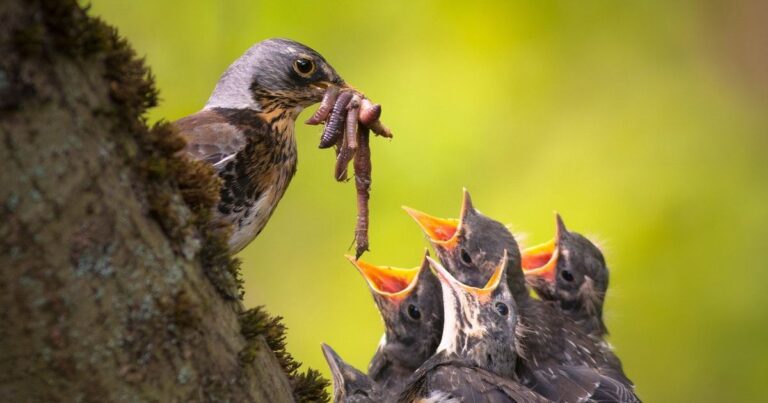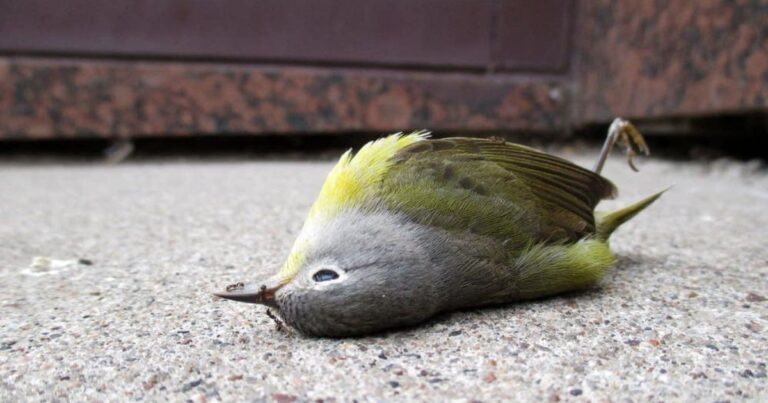Can Birds Eat Grapes? Safe Feeding Tips, Benefits & Common Species
I’ve always been fascinated by the diverse diets of birds, and it never ceases to amaze me what they can consume. Can birds eat grapes? This question has crossed my mind more than once, particularly as I watch them peck at various fruits in my garden.
Understanding if grapes, especially those with seeds, are suitable for birds is crucial not just for their health but also for enhancing our feeding practices.
Which common bird species eat grapes?
Several common bird species are known to relish grapes as part of their diet. Among these, American Robins are often spotted feasting on the juicy fruit, especially during the late summer and early fall when grapes are in abundance. These birds have a particular affinity for ripe, sweet grapes, which provide them with essential nutrients.
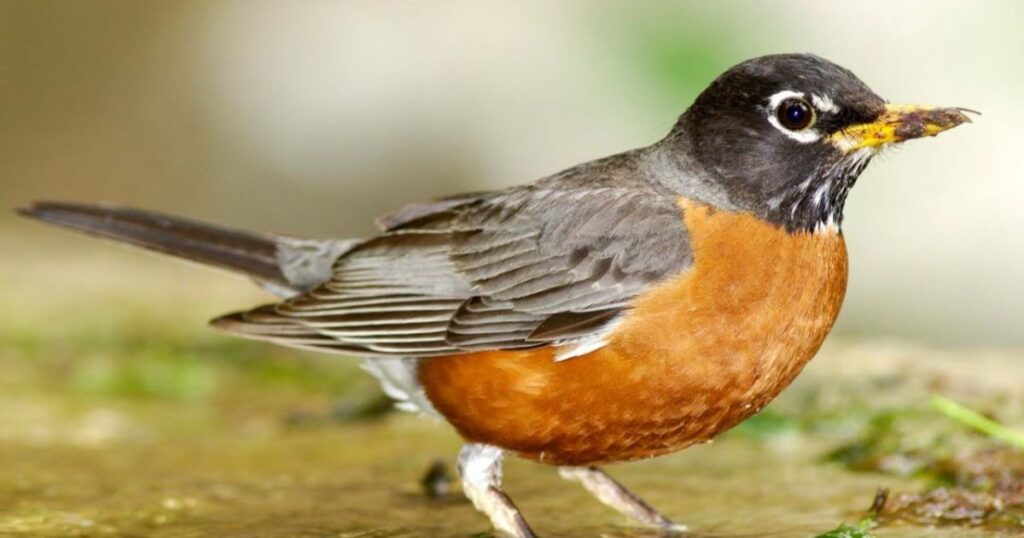
House Finches can frequently be seen at backyard feeders or gardens, pecking at grape clusters with enthusiasm. Their adaptability allows them to thrive in urban environments, making them a familiar sight for those who enjoy birdwatching.
US backyard birds that eat grapes
Grapes are a delightful treat for a variety of US backyard birds, attracting species that often delight birdwatchers with their vibrant colors and lively antics.
American robins are not just known for their cheerful songs; they relish grapes as part of their diet, especially during migration when they need the energy boost. These resourceful foragers can often be seen hopping around gardens, searching for ripe fruit to nibble on, and their presence is a sure sign that spring has arrived.
Bluebirds, with their striking blue plumage, are another grape-loving visitor that brings joy to any backyard. They prefer fresh grapes but will also munch on dried ones during the colder months.
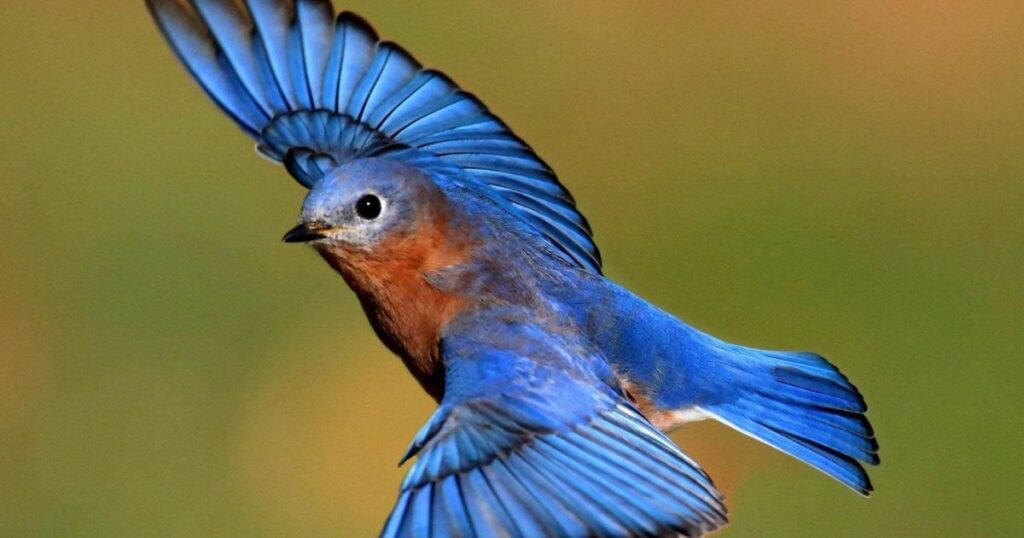
Tanagers, particularly the scarlet tanager, add a splash of color and flavor to your garden as they feast on grapes, showcasing their preference for sweet fruits.
Woodpeckers, too, join the feast while primarily insectivorous, they appreciate grapes as an occasional snack, using their strong beaks to peck away at the fruit.
Catbirds and grosbeaks round out this charming group, with catbirds often spotted stealthily snatching grapes before retreating to the safety of dense foliage, while grosbeaks delight in both fresh and dried varieties, making them a common sight at backyard feeders.
UK garden birds that eat grapes
In the vibrant tapestry of UK garden wildlife, blackbirds and starlings stand out as enthusiastic grape connoisseurs. These feathered foragers are not just after a sweet treat; they play an essential role in the ecosystem by helping to disperse seeds.
When they feast on grapes, they inadvertently assist in the propagation of various plant species, contributing to biodiversity in their habitats. Observing them as they hop around your garden, pecking at fallen fruit, offers a delightful glimpse into their behaviors and preferences.
Thrushes, too, add their charm to the scene, especially when fresh grapes tumble from the vine or drop to the ground. Their melodious songs provide a lovely soundtrack to a garden filled with life. It’s interesting to note that providing grapes can attract these birds not just for a meal but also as part of their social interactions.
In a communal feeding frenzy, you might witness a lively gathering where blackbirds and starlings share the bounty, showcasing a fascinating dynamic among species.
How do birds eat grapes?
Birds have a fascinating relationship with grapes, often showcasing their remarkable adaptability and resourcefulness. To consume these juicy fruits, many species employ a variety of techniques tailored to their size and beak structure.
Smaller birds, like finches, will typically peck at the grapes, using their sharp, conical beaks to break through the skin and access the sweet pulp inside. Larger birds such as crows or jays may choose to grasp the grape with their feet, using their strong, curved beaks to tear off chunks or even swallow them whole.
The method by which birds consume grapes can also reveal insights into their feeding behaviors and ecological roles. As they feed on grapes, birds inadvertently play a crucial role in seed dispersal. Many species consume grapes whole, later excreting the seeds in different locations, which can lead to new plant growth.
This mutualistic relationship not only aids in the propagation of grapevines but also enriches the ecosystem by supporting biodiversity. Observing these feeding habits offers a glimpse into the intricate connections between avian species and their environment, highlighting the importance of preserving habitats where such interactions can thrive.
Do birds eat grapes off the vine?
Birds are naturally drawn to the vibrant colors and sweet taste of grapes, making them frequent visitors to vineyards and gardens where these fruits grow. When grapes ripen on the vine, their sugary allure becomes irresistible to many avian species, including finches, sparrows, and even larger birds like starlings.
This behavior not only satisfies their hunger but also plays a crucial role in the ecosystem, as birds help in seed dispersal, promoting the growth of new plants.
The timing of the grape harvest can significantly affect how much of the crop is left for human consumption. Many vineyard owners and gardeners have found that employing simple deterrents such as reflective tape or decoys can help protect their grapes from hungry flocks.
Some people embrace the presence of birds, viewing them as a sign of a healthy environment. By allowing a small portion of the grapes to be enjoyed by our feathered friends, we can foster biodiversity and contribute to a more balanced ecosystem while still enjoying our share of nature’s bounty.
How many grapes can a bird eat?
Birds have a diverse diet, and grapes can be an appealing treat for many species. The quantity of grapes a bird can consume varies widely depending on the bird’s size and type. For example, smaller birds like finches or sparrows might munch on just a few grapes at a time, while larger species like crows or parrots can devour a handful in one sitting.
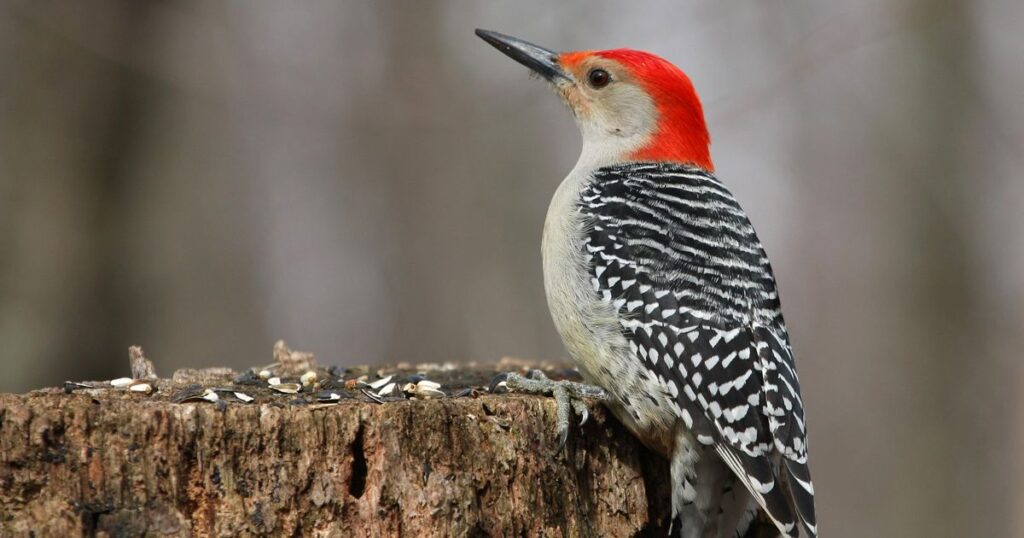
It’s fascinating to consider that a bird’s ability to process fruit is closely linked to its natural habitat and dietary needs, highlighting the intricate balance within ecosystems.
Not all birds will enjoy grapes in the same way. Some may prefer the sweet, juicy flesh while others might be more inclined to peck at the skins or seeds. Grapes provide essential hydration and nutrients, making them an ideal snack, especially during warmer months when birds are more active and require additional energy.
Observing birds feasting on grapes can offer insight into their foraging behaviors and preferences, revealing how these creatures adapt their diets based on availability and environmental conditions. This dynamic relationship between birds and their food sources underscores the importance of biodiversity in sustaining wildlife populations.
How to feed grapes to birds
To start, choose fresh, organic grapes, as they are free from harmful pesticides that could affect the birds’ health. Whole grapes can be offered, but slicing them in half can make it easier for smaller birds to enjoy. Removing any seeds will ensure that your avian visitors have a safe dining experience.
When presenting grapes, consider using a platform feeder or hanging them from a tree branch with twine. This not only makes the grapes accessible but also adds an element of fun for birds like wrens and chickadees, who love to perch and nibble.
Experimenting with different varieties, red, green, or even black, can pique the interest of various bird species, as colors can influence their feeding habits. Remember to monitor the feeding area regularly; remove any uneaten fruit to prevent mold growth, ensuring a clean and inviting space for your avian guests.
Do you need to cut grapes for birds?
To feed birds, the size and presentation of food can significantly impact their willingness to indulge. Grapes are a delightful treat for many bird species, but whether to cut them or not depends on the type of birds you aim to attract.
Smaller birds, such as finches and sparrows, may struggle with whole grapes, which could discourage them from visiting your feeder. By slicing grapes into smaller pieces, you not only make them more accessible but also encourage a wider variety of birds to sample this nutritious snack.
Cutting grapes can enhance their appeal by releasing their sweet aroma, which is particularly enticing to birds with keen senses. You might even consider mixing the grape pieces with other fruits or seeds to create a vibrant buffet that attracts different species throughout the day.
This simple act of preparation not only shows your commitment to birdwatching but also transforms your backyard into a lively haven where feathered friends can thrive. Taking the time to cut grapes can enrich both the experience for the birds and your enjoyment of observing them.
Can birds eat grapes with seeds?
Many bird owners wonder about the safety of feeding grapes with seeds to their feathered friends. Grapes are generally considered a safe and nutritious treat, but the presence of seeds can raise concerns.
In the wild, birds often consume fruits that contain seeds, and many species have adapted to digest them without issue. It’s essential to recognize that not all birds react the same way; some may be more sensitive to certain components of the seeds.
When considering grapes for your bird, it’s important to assess the type of bird you have. Larger birds like parrots and cockatoos may handle grape seeds with ease, benefiting from the added fiber and nutrients.
Smaller birds or those with delicate digestive systems might struggle with the seeds. To be on the safe side, removing seeds from grapes before offering them can be a prudent choice, ensuring your bird enjoys this sweet treat without any potential risks.
Nutritional benefits of feeding grapes to birds
Feeding grapes to birds can provide a delightful and nutritious treat that goes beyond mere enjoyment. Grapes are rich in antioxidants, particularly flavonoids, which help combat oxidative stress in birds.
This is especially important for species prone to age-related health issues, as these antioxidants support overall vitality and longevity. The natural sugars in grapes serve as a quick energy source, making them an excellent choice for active birds or those preparing for migration.
Grapes contain essential vitamins such as vitamin C and vitamin K, which play crucial roles in maintaining a bird’s immune system and promoting healthy bone development. The high water content of grapes helps keep birds hydrated, especially during hot weather or in dry environments.
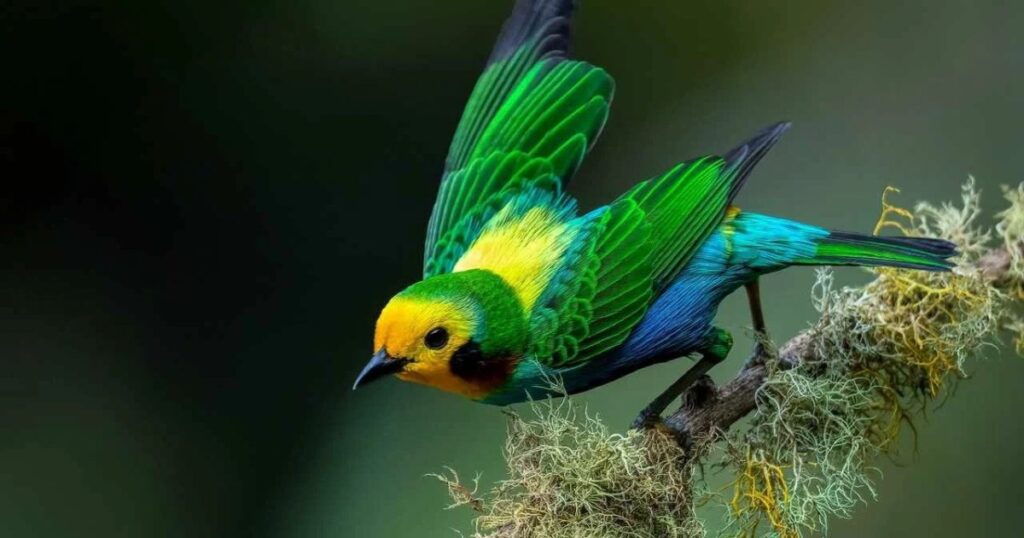
Offering grapes can also encourage social interactions among birds, as they often gather to feed on this juicy fruit, creating a vibrant scene in your backyard. By incorporating grapes into their diet, you not only enhance the nutritional value of their meals but also foster a lively and engaging feeding environment for your feathered friends.
Potential Risks and Precautions
While grapes can be a delightful treat for many birds, there are potential risks that bird owners should consider. One significant concern is the high sugar content found in grapes, which can lead to obesity and related health issues if consumed in excess.
Some birds may have difficulty digesting the skins of grapes, particularly smaller species that could choke on whole fruits. It’s essential to monitor your pet’s response to new foods and ensure that any grapes offered are properly washed and cut into manageable pieces.
To mitigate these risks, it’s wise to introduce grapes gradually and observe for any adverse reactions. Offering a varied diet that includes other fruits and vegetables can help maintain balanced nutrition and prevent dependency on sugary treats.
Always choose organic grapes when possible to reduce exposure to pesticides, which can be harmful to birds. By taking these precautions, you can safely share the joy of grapes with your feathered friends while promoting their overall well-being.
Read More: Can Birds Eat Popcorn? Safe Animals for Popcorn Kernels
Final Thoughts
Grapes can be a nutritious and enjoyable treat for many bird species when offered in moderation. Their high water content and natural sugars make them an appealing option for your feathered friends. It is essential to wash the grapes thoroughly and remove any seeds to ensure their safety.
Monitoring portion sizes will help prevent any digestive issues that might arise from overindulgence. By incorporating grapes into your bird feeding routine, you can provide a delightful and healthy snack that supports their overall well-being. Consider adding grapes to your bird feeder today and observe how much they enjoy this delicious fruit!
Are grapes safe for birds?
Yes, grapes are generally safe for birds and can be a healthy treat for many species. They are rich in vitamins A and C, as well as antioxidants, which can contribute to the overall health of birds.
Can crows eat grapes?
Yes, crows can eat grapes. These birds are omnivorous and have a varied diet that includes fruits, insects, small animals, and scavenged food.
What animals should not eat grapes?
Grapes can be toxic to certain animals, particularly dogs and cats. While the exact substance in grapes that causes toxicity is still unknown, ingestion can lead to serious health issues, including kidney failure.
Can baby birds eat grapes?
Yes, baby birds can eat grapes, but it’s important to prepare them properly. Grapes should be washed thoroughly to remove any pesticides or chemicals, and they should be cut into small, manageable pieces to prevent choking.





